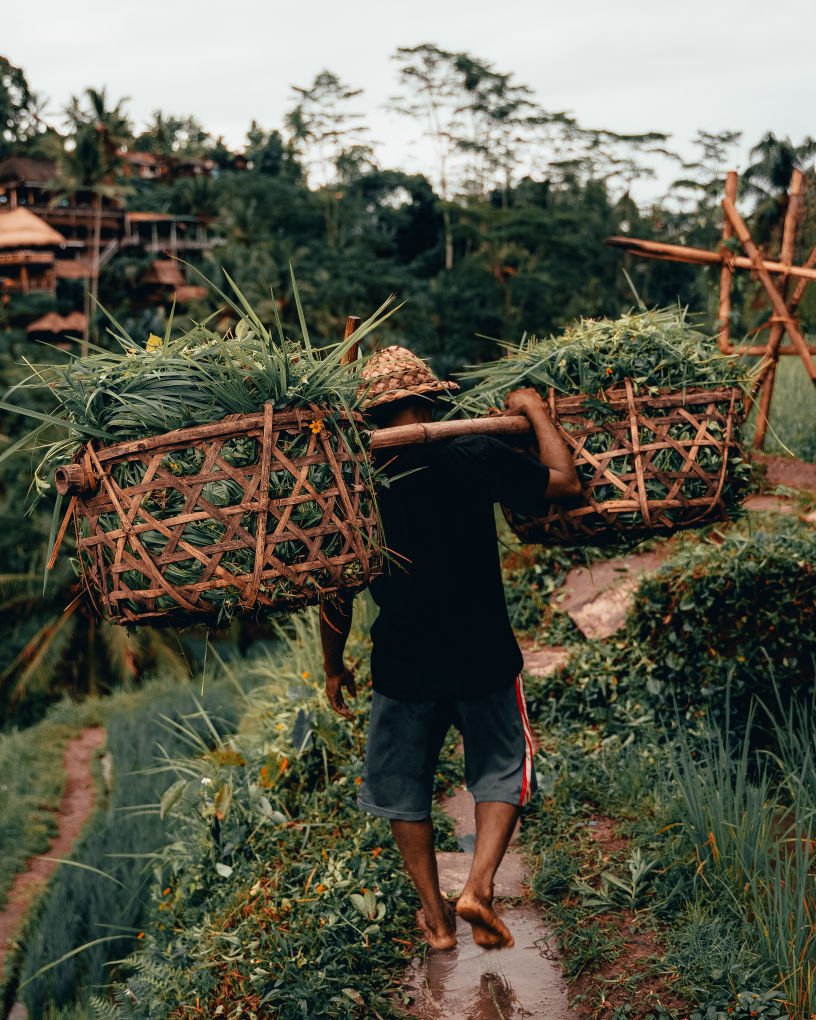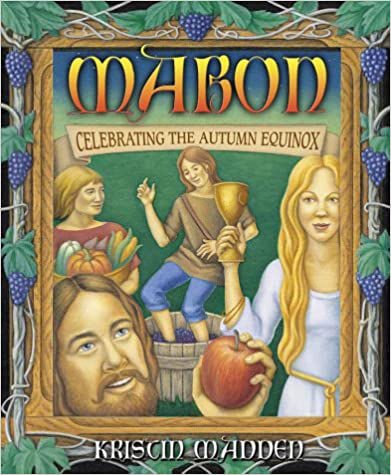
The hardships of this new land took its toll. Fifty-two people died that first winter, leaving very few to plant crops in the spring. Squanto and Samoset, two natives who had been captives on English ships, took pity on the Pilgrims and taught them how to survive in this land.
They showed the settlers to catch and use fish as fertilizer. They taught them what types of crops to plant with this fertilizer. They showed them how and what to hunt. They also introduced the Pilgrims to the great Wawrnegin, chief of the Wampanoag people. This chief was called Massasoit by the settlers and remained friendly to these newcomers in his lands throughout his life.
That first harvest was such a blessing that the governor of the colony invited the Wampanoag people to share in a three-day festival of thanksgiving. This first Thanksgiving took place between September 21 and November 9,1621. This is referred to as Harvest Home.
After 1621, Thanksgiving was occasionally celebrated, rarely on the same date. In the mid-1700s, Congress determined these dates, and they usually took place in December. President George Washington set a November date, beginning in 1789. However, this was not an official annual holiday until President Abraham Lincoln set its celebration as the last Thursday in November. The date was again changed by Franklin Delano Roosevelt and finally placed on its modern date of the fourth Thursday in November by Congress in 1941.
